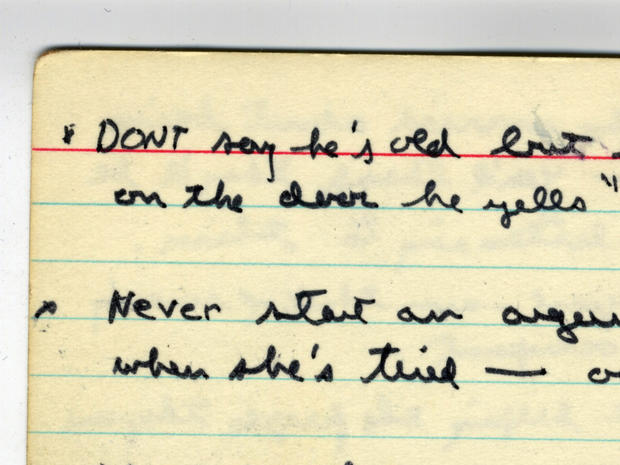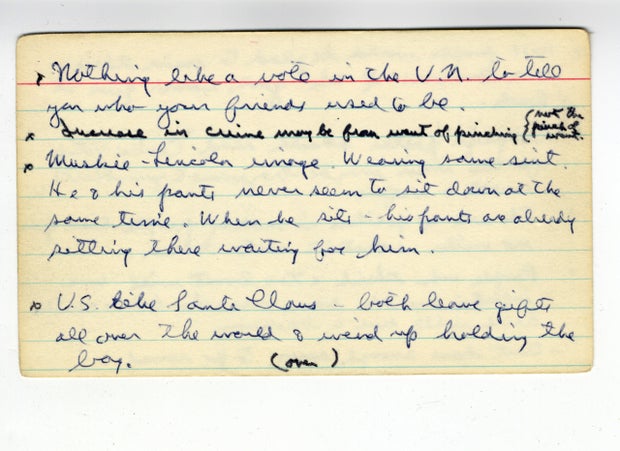Nid wy'n gofyn bywyd moethus,<br />
Aur y byd na'i berlau mân:<br />
Gofyn wyf am galon hapus,<br />
Calon onest, calon lân.
Calon lân yn llawn daioni,<br />
Tecach yw na'r lili dlos:<br />
Dim ond calon lân all ganu,<br />
Canu'r dydd a chanu'r nos.
Pe dymunwn olud bydol,<br />
Hedyn buan ganddo sydd;<br />
Golud calon lân, rinweddol,<br />
Yn dwyn bythol elw fydd.
Hwyr a bore fy nymuniad<br />
Gwyd i'r nef ar adain cân<br />
Ar i Dduw, er mwyn fy Ngheidwad,<br />
Roddi i mi galon lân.
Alternative words in the Welsh version:
Verse 1, line 3: Gofyn wyf am fywyd hapus<br />
Verse 2, line 2: Chwim adenydd iddo sydd<br />
Verse 3, line 2: Esgyn ar adenydd cân<br />
Chorus, line 3: Does ond calon lân all ganu
I don't ask for a luxurious life,<br />
the world's gold or its fine pearls,<br />
I ask for a happy heart,<br />
an honest heart, a pure heart.
A pure heart full of goodness<br />
Is fairer than the pretty lily,<br />
None but a pure heart can sing,<br />
Sing in the day and sing in the night.
If I wished for worldly wealth,<br />
It would swiftly go to seed;<br />
The riches of a virtuous, pure heart<br />
Will bear eternal profit.
Evening and morning, my wish<br />
Rising to heaven on the wing of song<br />
For God, for the sake of my Saviour,<br />
To give me a pure heart.


